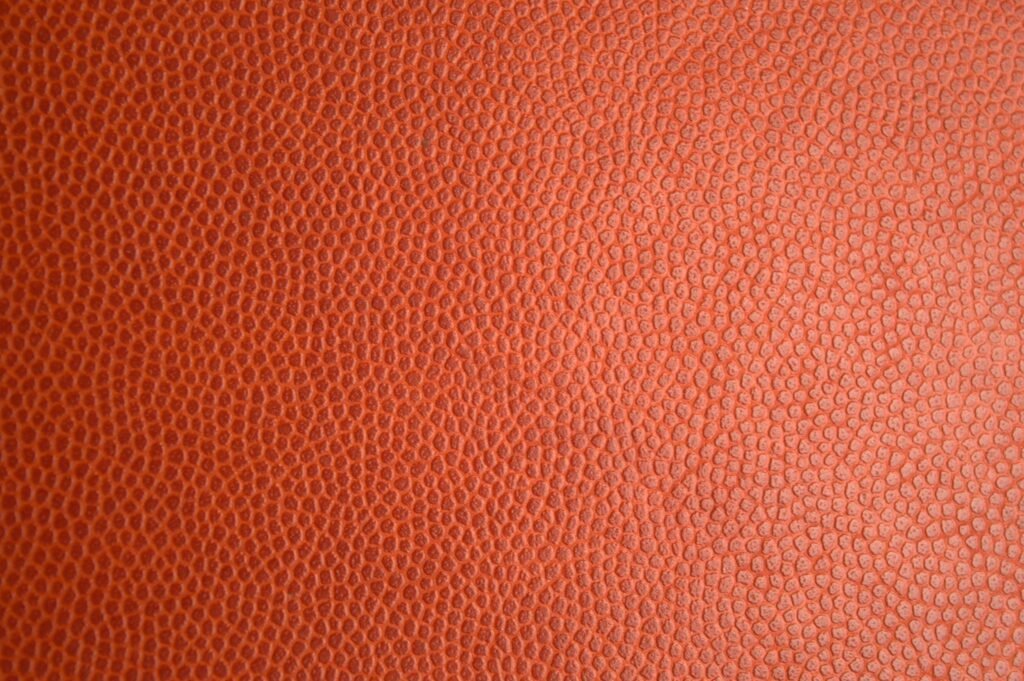Welcome to a journey into the world of leather quality! In this article, we will be exploring the differences in various types of leather and how to determine their quality. By comparing factors such as texture, durability, and price point, you will gain a better understanding of what sets each type of leather apart. So sit back, relax, and prepare to dive into the fascinating realm of leather craftsmanship. Let’s unravel the secrets behind top-notch leather quality! Have you ever wondered about the quality of leather products you purchase? Dive deep into the world of leather quality with this comparative analysis. From understanding different types of leather to key indicators of quality, this article will equip you with the knowledge to make informed decisions next time you are shopping for leather goods.

This image is property of images.pexels.com.
Understanding Different Types of Leather
When it comes to leather quality, the first step is to understand the different types of leather available in the market. Each type of leather comes with its own unique characteristics and properties, making it essential to know what sets them apart.
Full Grain Leather
Full grain leather is considered the highest quality of leather you can find. It is made from the top layer of the hide, which retains the natural grain of the leather. This type of leather is known for its durability, natural look, and ability to develop a patina over time, giving it a timeless appeal.
Top Grain Leather
Top grain leather is the second-highest quality of leather. It is also made from the top layer of the hide but has been sanded and refined to remove any imperfections. While it is still of good quality, top grain leather lacks the natural characteristics and patina development of full grain leather.
Genuine Leather
Genuine leather is the most common type of leather found in products. It is made from the lower layers of the hide and is often treated with chemicals to improve its appearance. While genuine leather is still real leather, it is not as durable or long-lasting as full grain or top grain leather.
Bonded Leather
Bonded leather is the lowest quality of leather available. It is made from leftover leather scraps that are bonded together with adhesive and then coated with a layer of polyurethane. Bonded leather is not as durable or authentic as other types of leather and is often used in low-cost or artificial leather products.
Key Indicators of Leather Quality
Now that you understand the different types of leather, let’s delve into the key indicators of leather quality to look out for when evaluating a leather product.
Thickness
The thickness of leather is an important factor in determining its quality. Thicker leather is generally more durable and long-lasting compared to thin leather. When evaluating leather products, make sure to check the thickness of the leather to ensure that it meets your quality standards.
Flexibility
High-quality leather should be flexible and supple. When you bend the leather, it should not crack or crease easily. Flexibility is a sign of good quality leather that has been properly treated and maintained throughout the tanning process.
Texture
The texture of leather can also indicate its quality. High-quality leather will have a smooth and consistent texture without any imperfections or blemishes. Look for leather that feels soft and luxurious to the touch, as this is a good indicator of its quality.
Smell
Genuine leather has a distinct smell that is often described as rich and earthy. When you smell leather, it should not have a chemical or synthetic odor. The smell of leather can reveal a lot about its authenticity and quality, so trust your nose when evaluating leather products.

This image is property of images.pexels.com.
Leather Quality Comparisons
To help you better understand the differences in leather quality, let’s compare two common types of leather: full grain leather and genuine leather.
Full Grain Leather vs. Genuine Leather
| Criteria | Full Grain Leather | Genuine Leather |
|---|---|---|
| Durability | Highly durable | Less durable |
| Appearance | Natural look | Treated appearance |
| Aging | Develops a patina | Does not age well |
| Price | Higher cost | Lower cost |
Full grain leather comes out on top when compared to genuine leather in terms of durability, appearance, aging, and price. While full grain leather may come at a higher cost, its quality and longevity make it a worthwhile investment for those seeking high-quality leather products.
Tips for Evaluating Leather Products
When shopping for leather products, here are a few tips to keep in mind to ensure you are getting the best quality leather:
Look for Quality Markings
High-quality leather products will often come with markings that indicate the type of leather used, such as full grain or top grain. Look for these markings to verify the quality of the leather used in the product.
Check the Stitching
The stitching on leather products is another important factor to consider. High-quality leather products will have even and tight stitching that is reinforced for durability. Avoid products with loose or uneven stitching, as this can indicate lower quality.
Feel the Leather
Don’t be afraid to touch and feel the leather when evaluating a product. High-quality leather should feel smooth, soft, and luxurious to the touch. If the leather feels rough, stiff, or plastic-like, it may be an indicator of lower quality.
Evaluate the Hardware
In addition to the leather itself, pay attention to the hardware used on leather products, such as zippers, buckles, and clasps. High-quality leather products will use durable, high-quality hardware that complements the leather and adds to the overall quality of the product.

This image is property of images.pexels.com.
Conclusion
Exploring leather quality through a comparative analysis can help you make informed decisions when purchasing leather products. By understanding the different types of leather, key indicators of quality, and how to evaluate leather products, you can ensure that you are choosing the best quality leather goods for your needs. Remember to prioritize durability, authenticity, and craftsmanship when selecting leather products to enjoy their quality and timeless appeal for years to come.
